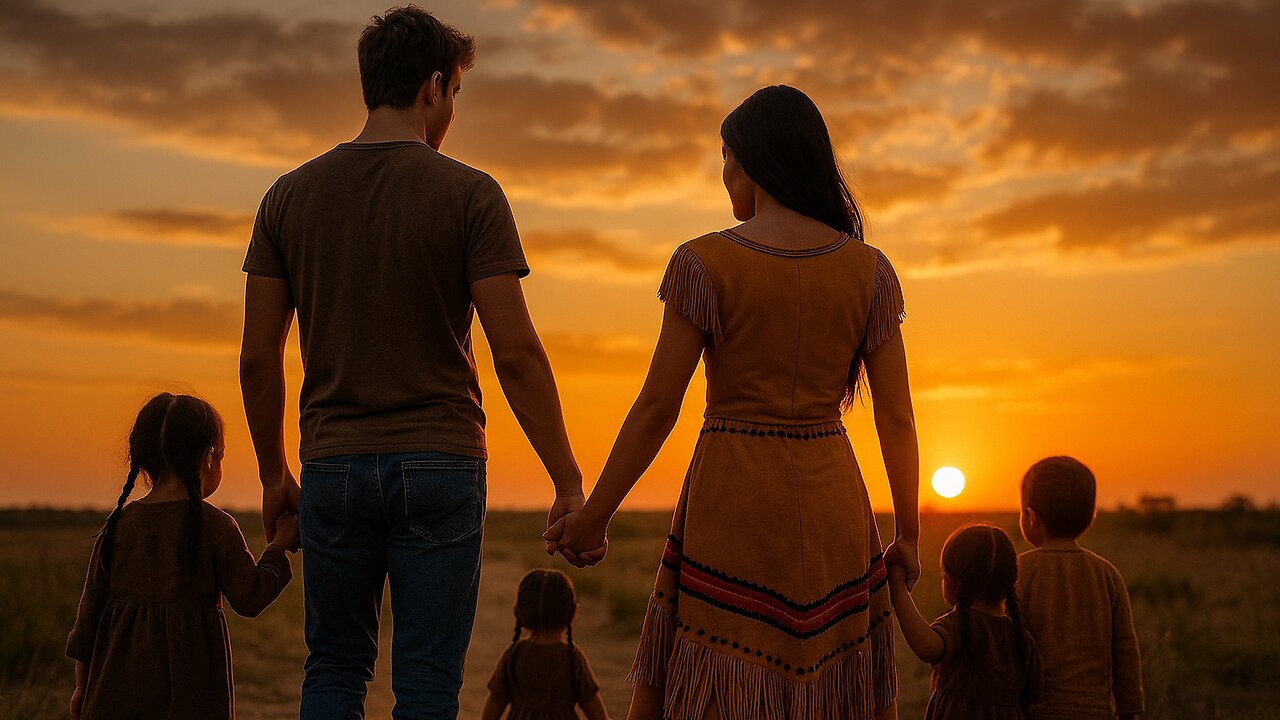Premium Only Content

Married an Indigenous Woman? Here's What You May Need To Know About Status!
What happens when an Indigenous woman loses her treaty status through marriage—and how do the changes brought by Bill C-31 and Bill S-3 affect her children and grandchildren? In this video, we explore the history of Canada’s Indian Act, the infamous “1951 cut-off,” and how recent reforms now allow families once limited to section 6(2) status to apply for upgrades to 6(1).
If you or your children were impacted by status loss due to marriage before 1985, this could directly affect your rights today and your ability to pass status on to the next generation.
00:00 - Start
00:06 - Introduction
01:25 - How the Indian Act removed status through marriage
01:56 - Method of research
02:44 - Beginning of ChatGPT Analysis
02:55 - The main question to be investigated
03:45 - Past legal inconsistency on male vs. female
05:47 - Can 6(2) status be ammended to 6(1)? The answer
09:30 - How to pursue an ammendment to 6(1) status
10:15 - Provision of free application letter to viewers
10:51 - New laws on the way that may affect status
11:33 - What is the "1951 cut-off" about?
13:35 - Specific example of status ammendment
15:24 - Remaining item of sexism still not corrected by law
16:45 - The effects of Bill C-3 in 2019
17:38 - What Bil C-3 means for your children
17:58 - The need to be proactive!
18:12 - The sample letter being offered to viewers
18:29 - Why 6(1) status matters
18:52 - What to do next
19:57 - What the letter you send should include
20:20 - The address to send the letter to
22:31 - How to provide proof of mother's reinstated status
23:38 - Does ISC automatically upgrade children to 6(1)?
27:23 - When did Bill C-31 come into effect?
27:43 - Closing remarks
28:36 - Email for requesting sample letter
28:50 - Next video suggestion
-
 12:46
12:46
The Way To Native Chronicles
1 month ago $0.09 earnedDeer Hunters: Don’t Skip This Step! Removing the Leg Gland to Prevent Tainted Meat
43 -
 LIVE
LIVE
LFA TV
19 hours agoLIVE & BREAKING NEWS! | TUESDAY 11/25/25
894 watching -
 LIVE
LIVE
freecastle
7 hours agoTAKE UP YOUR CROSS- Be devoted to one another in LOVE. Honor one another ABOVE yourselves!
158 watching -
 18:24
18:24
Neil McCoy-Ward
2 hours agoA Warning For European Citizens (THIS IS BAD!)
14.8K8 -
 1:29:42
1:29:42
The Quartering
4 hours agoTrumps Turkey Pardon Roast, Woke Pastor Destroyed, AI To Replace 40% Of Workers & More
110K16 -
 1:08:32
1:08:32
DeVory Darkins
5 hours agoBREAKING: Minnesota Judge Makes FATAL MISTAKE Overturning Jury’s $7.2M Somali Fraud Verdict
128K99 -
 7:40
7:40
Colion Noir
3 hours agoArmed 7-Eleven Clerk Shoots Attacker & Gets Fired
23.3K46 -
 2:07:24
2:07:24
Side Scrollers Podcast
7 hours agoAsmongold/DSP RESPONSE + Kaceytron’s Life IMPLODES + Lunduke Gets Threats + More | Side Scrollers
117K7 -
 2:22:52
2:22:52
Steven Crowder
8 hours agoDonald Vs. Ilhan: Trump Boots Somalis and The Meltdown is Glorious
555K428 -
 1:04:37
1:04:37
Sean Unpaved
7 hours agoIs Lane Kiffin Staying At Ole Miss Or LEAVING For LSU? | UNPAVED
36.6K1